Nail fungus, also called onychomycosis, is a prevalent condition affecting both fingernails and toenails, often referred to as fungal nail infections. It affects about 3% to 12% of the global population, with a higher incidence in individuals over 60. Several factors can contribute to its development, and it is highly contagious if not treated appropriately.
Nail fungus, typically characterized by discolored, thickened, and brittle nails, can be unsightly, painful, and highly uncomfortable. When fungi invade the nail bed, nail fungus manifests and takes over the nail. The fungi thrive in moist and warm environments, often making the feet vulnerable to fungal growth. Here, we will discuss the causes of nail fungus and how to manage fungal growth at home.
The Invasion of Toenail Fungus
When nail fungus invades your nail beds, moist and warm environments, such as the skin under your nails and sweaty feet, provide optimal environments for fungal growth. Various microorganisms, including fungi, yeast, and bacteria, can infect nails, leading to symptoms similar to a fungal infection. While these conditions alone are some of the best places for fungus to thrive, several factors can contribute to the development of severe nail fungus, such as:
Injury or trauma: Injuries or cracks in the skin’s surface can provide an entry point for fungi, allowing them to spread and grow in harder-to-reach places.
Weak Immune System: In a healthy immune system, the body can defend itself against fungus by utilizing cells such as macrophages and neutrophils to engulf and destroy it. When the body’s defenses are weak, fungi can thrive.
Tight-fitting shoes: Tight shoes can cause the feet to sweat and create a moist and warm environment for fungus to grow.
Circulation issues: Poor circulation can impair the body’s ability to fight infections. Conditions such as diabetes can affect circulation.
Exposure and contact with fungi: Since nail fungus is highly contagious, direct contact can expose you to fungi and cause an infection. Public areas such as locker rooms, swimming pools, or communal showers are common places where fungus is spread.
Types of Nail Fungus
When you’re diagnosed with a fungal nail infection, your doctor may mention different types. The most common is distal subungual onychomycosis, where the nail tip becomes yellow or white. Proximal subungual onychomycosis starts at the nail base, causing thickening and discoloration. White superficial onychomycosis affects the nail surface, creating white patches or spots.
In addition to the different types of nail fungus, several types of fungi can invade and infect your nails:
Dermatophytes: This type of fungi lives in warm and moist environments. As the most common type of fungi, they are responsible for most nail fungus infections.
Yeast: Yeast infections in the nails are less common overall. However, they are often seen in those with diabetes or weakened immune systems.
Mold: While rare, mold can invade nails and cause an infection. It can usually be found in artificial nails or on the nails’ edges.
The Progression of Nail Fungus
Nail fungus can be contracted from exposure to public areas such as locker rooms and showers or through personal items such as shoes, socks, or nail clippers. Once the fungi invade your nail bed, they begin to multiply quickly and spread. Treatment options for infected nails include both oral antifungal drugs and topical medicated creams. While your immune system can put up defenses to fight off fungal cells, optimal conditions such as dirty hands or sweaty feet allow the fungus to multiply quicker than your immune system can function.
Over time, the fungus begins to take over the nails, causing them to become discolored, thickened, and brittle. Most nail fungi are characterized by yellowish or white discolorations of the nail; however, it is common to see shades of green or brown. If left untreated, nail fungus can cause the nail to separate from the nail bed, hindering regrowth and making it extremely difficult to treat.
Treating Toenail Fungus
Mild cases of nail fungus can be treated with over-the-counter medications such as topical creams or ointments, while more severe cases may require prescription medications to treat toenail fungus. Because fungus multiplies and invades so quickly, mild cases of fungal infections can take anywhere from a few weeks to a few months to heal and recover fully. Severe cases of nail fungus often require a visit to your physician or a qualified health provider to get a prescription for oral antifungal medication. If your doctor determines you are a good candidate for alternative treatment, they may recommend laser therapy or supplements to prevent nail fungus from returning once treated.
Home remedies such as soaking your hands and feet in vinegar or using tea tree oil can provide some relief for those with mild fungal infections, while good hygiene practices such as wearing shower shoes and keeping your feet clean and dry deny fungi the opportunity to invade. While medical treatment should be your priority when treating nail fungus, utilizing home remedies and natural health supplements can be an excellent alternative for preventing the spread of fungus and maintaining your nail health.
Protecting Against Fungus With All-Natural Supplements
Without pharmaceutical intervention, nail fungus can be a persistent challenge, as the immune system is the body’s natural defense against fungal infections. Toenail fungal infection can be a persistent challenge without pharmaceutical intervention. Visiting your doctor or health provider can help you determine the severity of your fungal infection and give you guidance on whether or not you are a good candidate for all-natural supplements as a treatment.
Whether you choose to live a holistic lifestyle or simply want to explore alternative treatments for nail fungus, all-natural health supplements supply your body with the perfect mix of fungus-fighting ingredients.
Supplements with antioxidants, antibacterial, and antihistamine properties ensure your body’s immune and cardiovascular systems stay protected from fungi. All natural health supplements such as MycoSoothe is an urgent fungus destroyer by PhytAge Laboratories. Using ingredients such as Cat’s Claw, soursop, curcumin, garlic, and other potent ingredients enhances your immune system and helps to protect your body from quickly multiplying fungal cells.
Say Goodbye to Fungi With PhytAge Laboratories
Protect against fungus with MycoSoothe by PhytAge Laboratories. Fungal nail infections can be particularly stubborn, requiring a comprehensive approach to treatment. Using a proprietary blend of all-natural ingredients, MycoSoothe strengthens your immune system against fungal cells, diminishes yellow nails, and reduces your risk of metabolic diseases for a healthy and improved quality of life. As an all-natural supplement provider, PhytAge Laboratories offers a variety of supplements used to treat a wide range of health problems. Explore our product offerings today to learn more about the benefits of all-natural supplements!

 Cart
Cart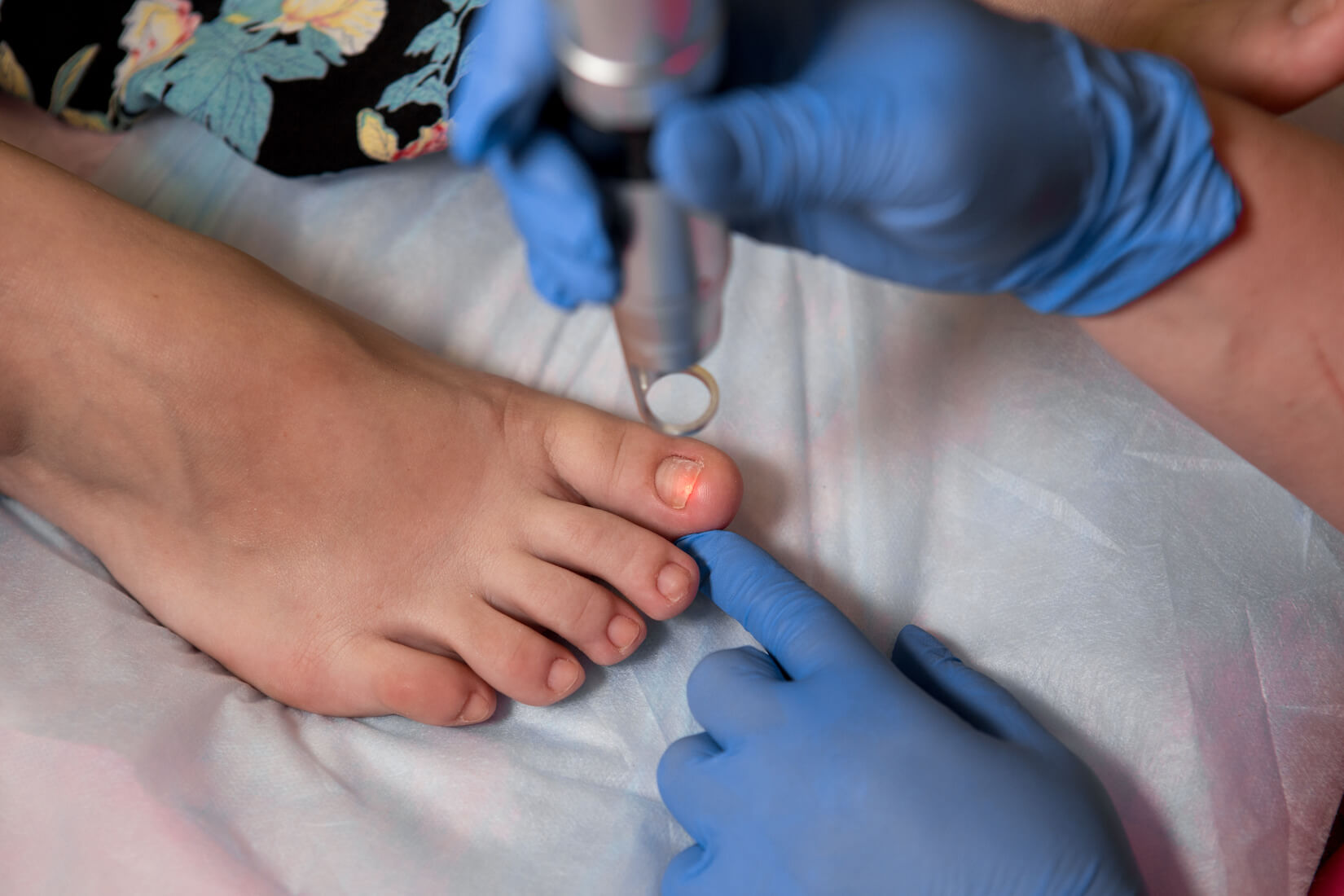








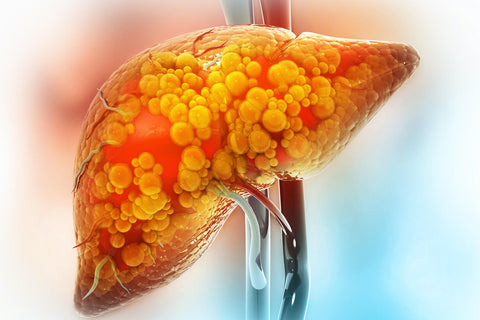


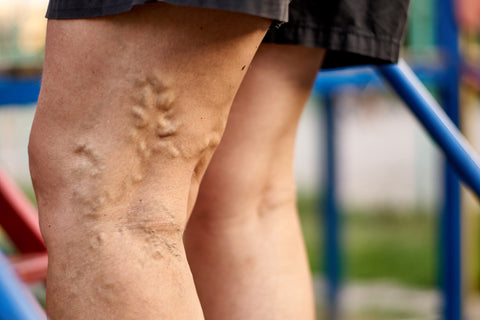





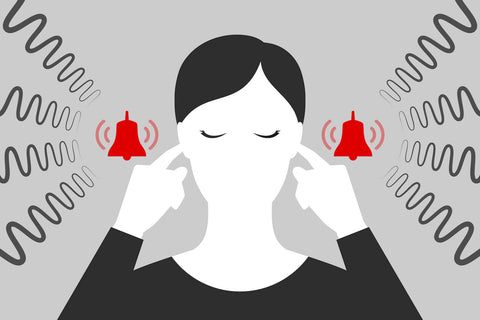



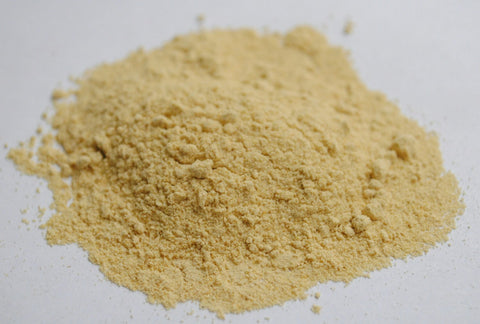


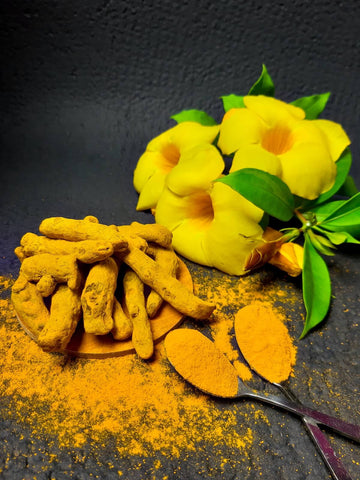
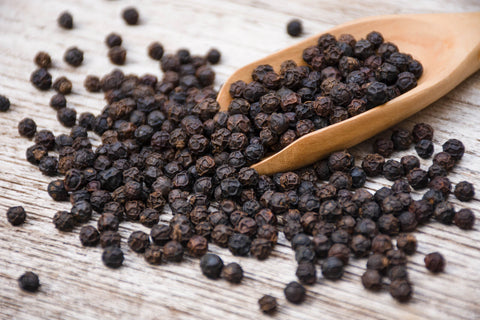

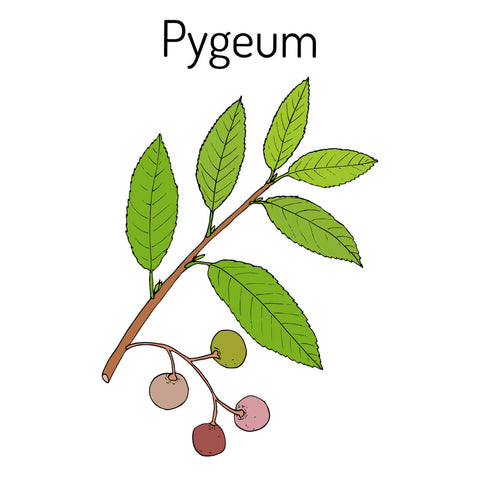
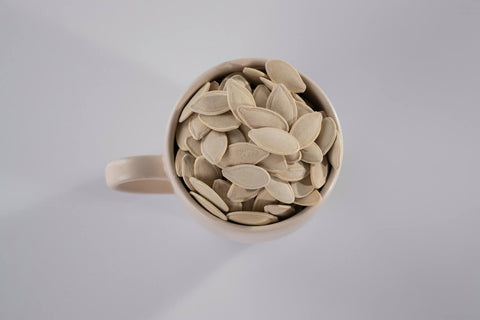







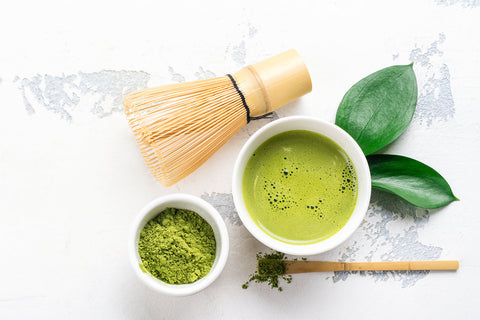







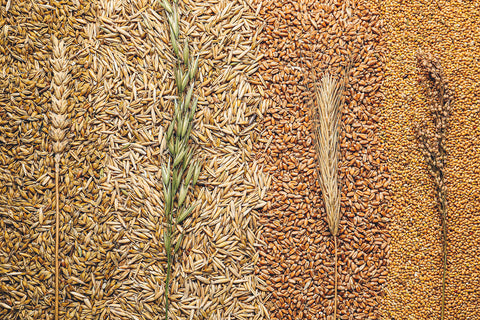






 1-800-822-5753
1-800-822-5753
